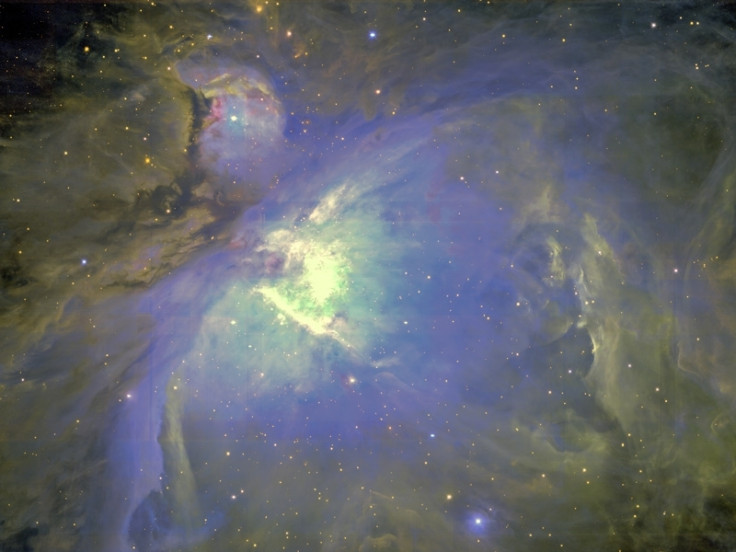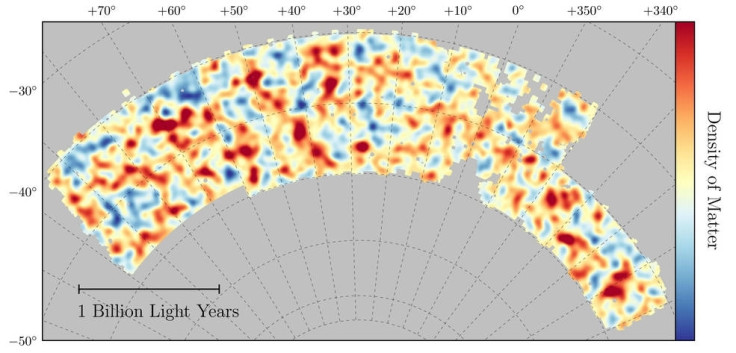Scientists have created the most detailed map of the Universe's dark matter
The team measured the shapes of 26 million galaxies to create a new dark matter map, 10 times bigger than the previous one.

Scientists have come up with the most detailed map of the Universe's dark matter. They measured the shapes of 26 million galaxies, using gravitational lensing and galaxy clustering to create the new dark matter map, which is 10 times bigger than the previous one.
The new map reveals that around 25% of the Universe is made up of "mysterious dark matter."
The dark matter map was a collaborative effort by over 400 scientists across the globe, as part of a project called Dark Energy Survey (DES). Since 2013, DES has been scanning around 1/8<sup>th of the night sky to gather data on 300 million galaxies. The results of the new research closely adhere to forecasts previously made by scientists and can help researchers better understand how the universe has evolved over the past 14 billion years.
"This result is beyond exciting," said Scott Dodelson of Fermilab, one of the lead scientists on this result. "For the first time, we're able to see the current structure of the universe with the same clarity that we can see its infancy, and we can follow the threads from one to the other, confirming many predictions along the way."
According to Nasa, dark matter is like an "invisible glue," holding galaxies and galaxy clusters together gravitationally. However, dark energy is believed to be responsible for "the accelerated expansion of the universe." However, according to the new map, dark energy is makes up for around 70% of the Universe's total energy.
"There is a feeling of true discovery in the collaboration. For the first time, we have the data and tools in hand to see whether Einstein's cosmological constant prevails. We are all excited to explore the physical nature of dark energy," said Nasa scientist Tim Eifler, who led the DES analysis team to develop the software for the interpretation of the results. "In particular we want to see if there are hints in the data that suggest modifying the laws of gravity on the largest scales in the universe."
The results of the study are based on data collected from just 1/30<sup>th of the sky mapped so far, indicating that we may have soon have much bigger maps and more information of the structure of the Universe in the future.

© Copyright IBTimes 2025. All rights reserved.






















